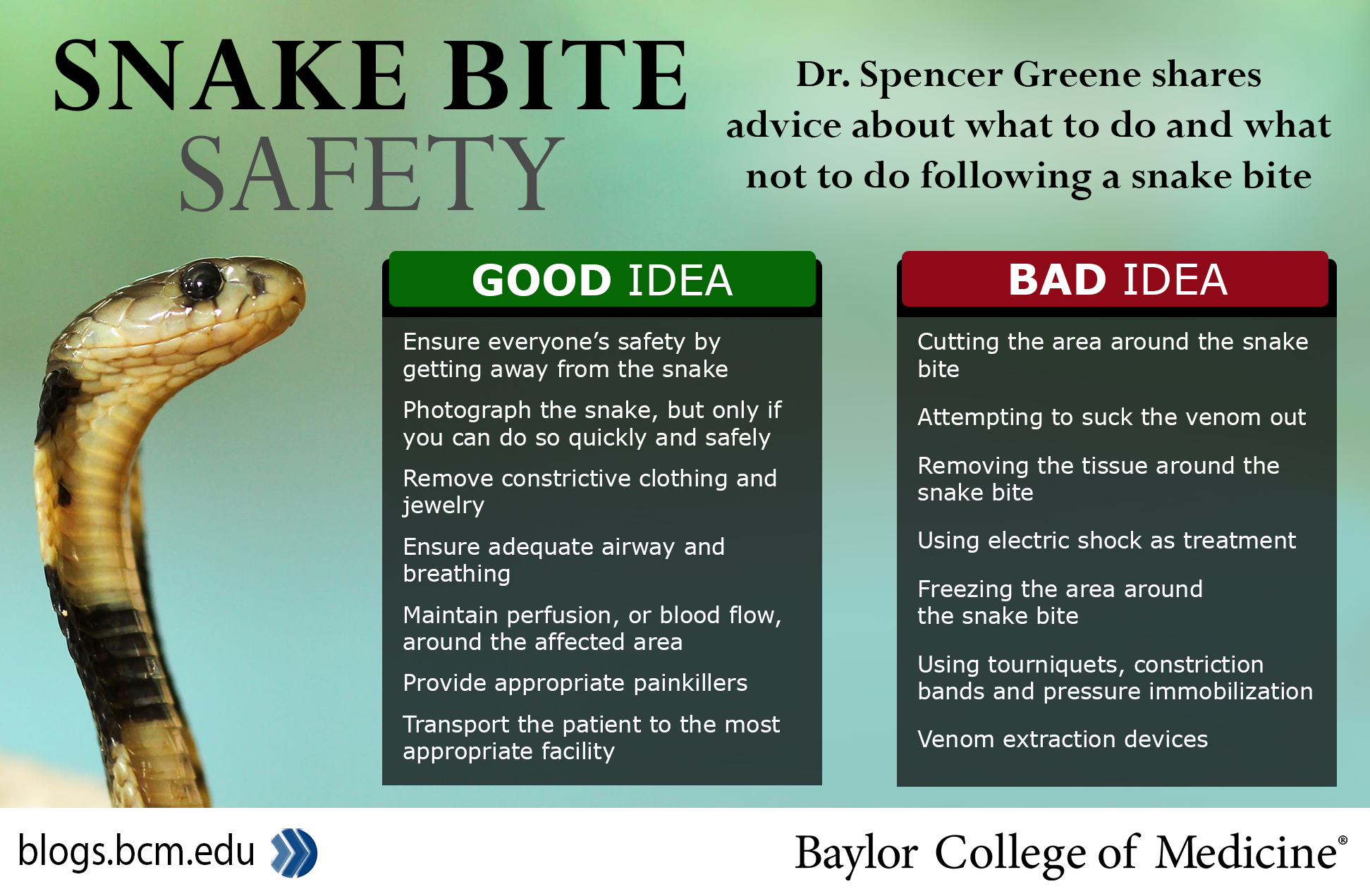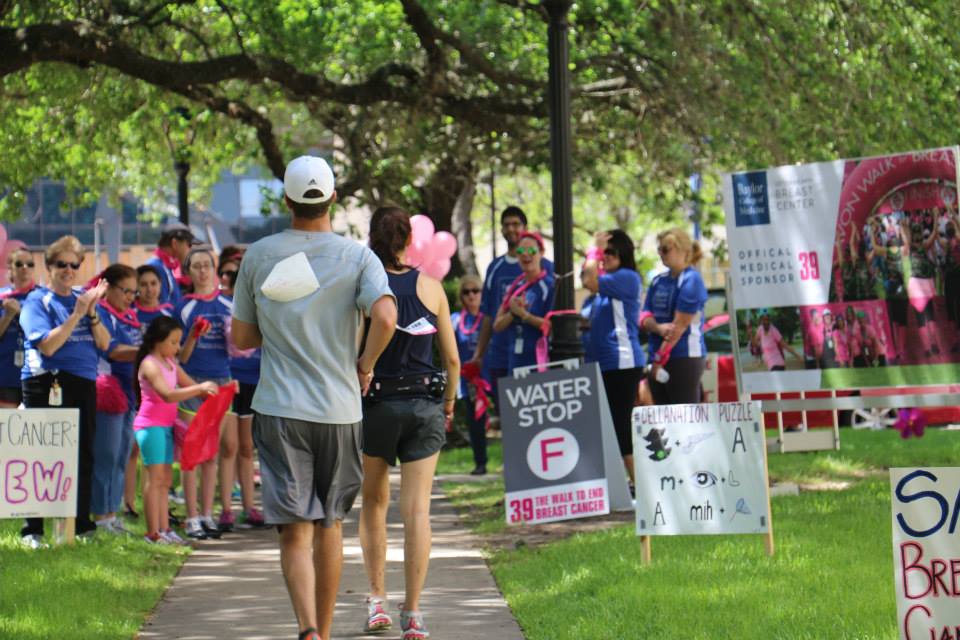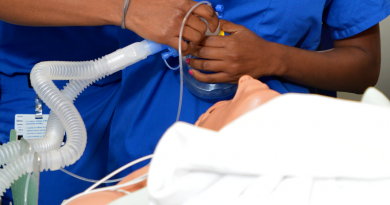How to respond in aftermath of a snake bite
Spring is in full swing, which means more opportunities to go hiking or camping with family and friends.
However, warmer weather also brings snakes out of hiding, and it’s important to know how to safely take action in the event someone is bitten.
Dr. Spencer Greene, director of medical toxicology and assistant professor of emergency medicine-pediatrics at Baylor College of Medicine, offers the following tips on how to respond and avoid unsafe practices in the immediate aftermath of a snake bite.
Want to learn more about snakes and emerging therapies for terrestrial and aquatic envenomation? Check out the 6th Annual Houston Venom Conference on April 11.
Additional Resources
Myths and facts about bites and stings
Prevention best defense for West Nile Virus
-By Nicole Blanton and Andy Phifer




